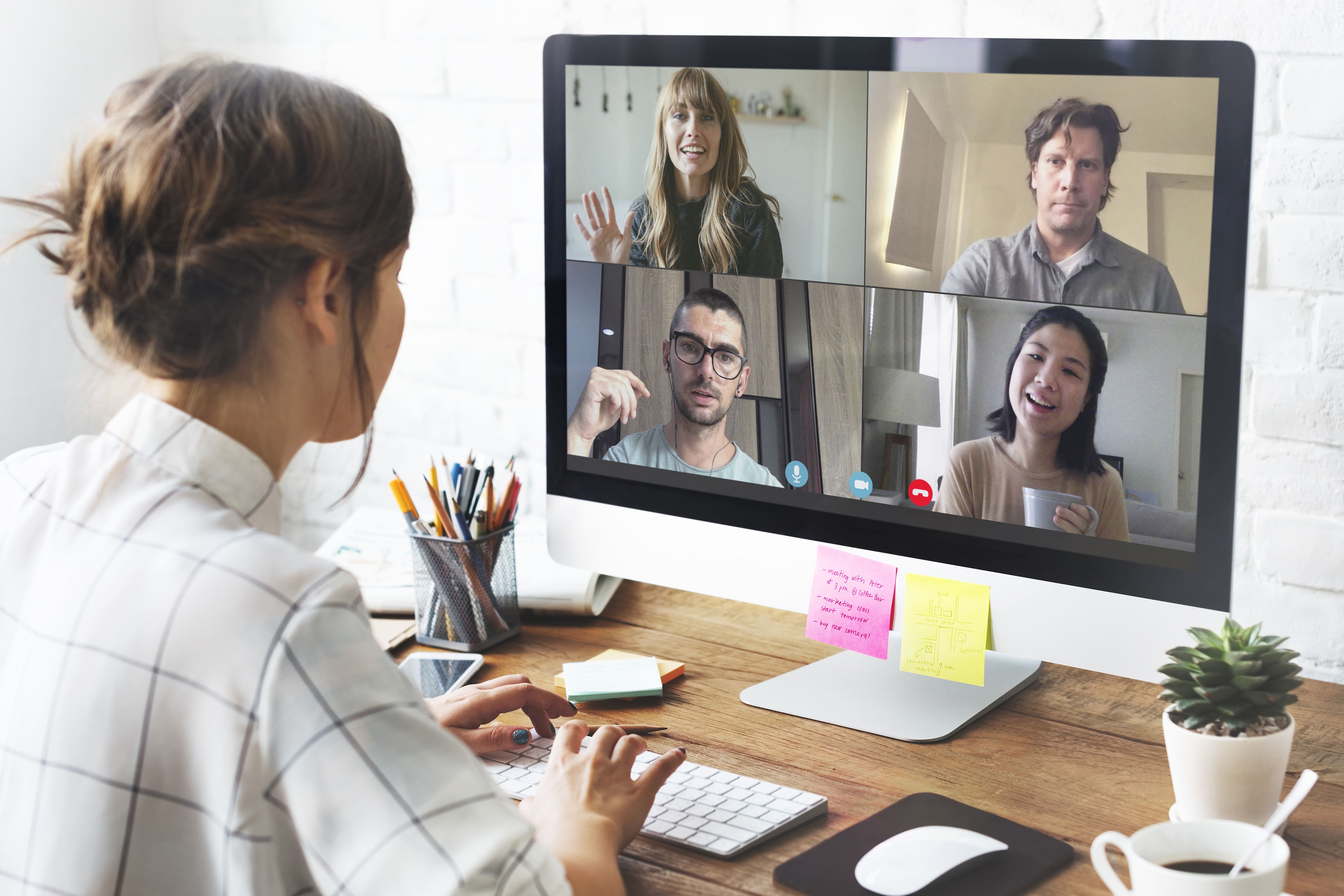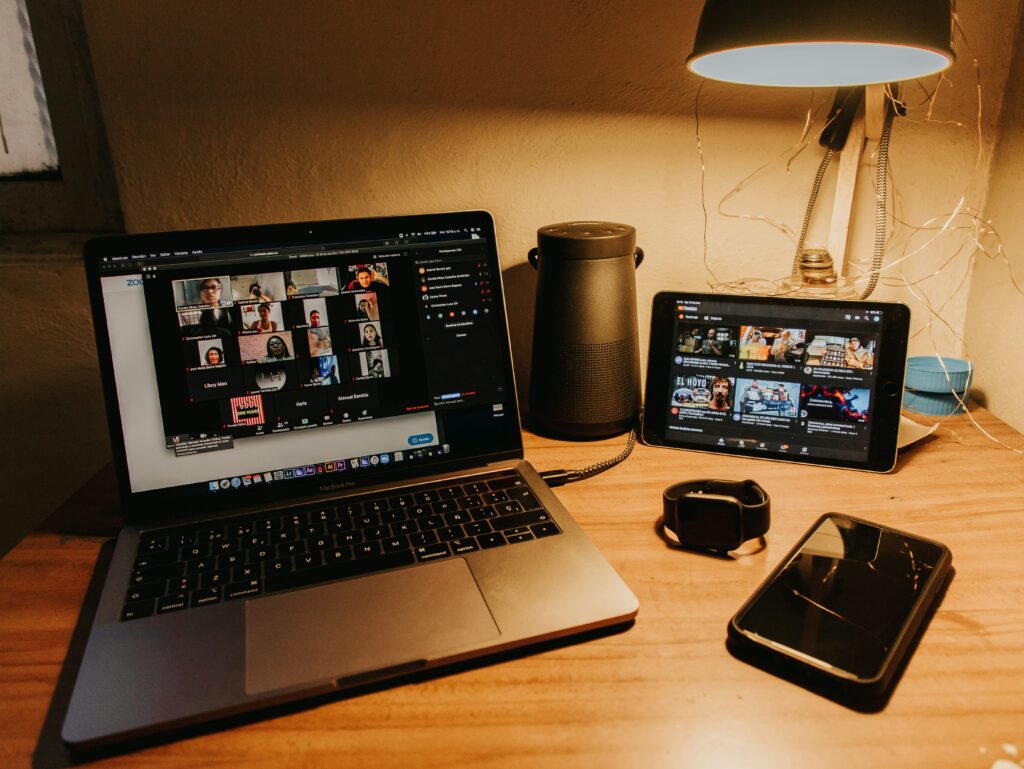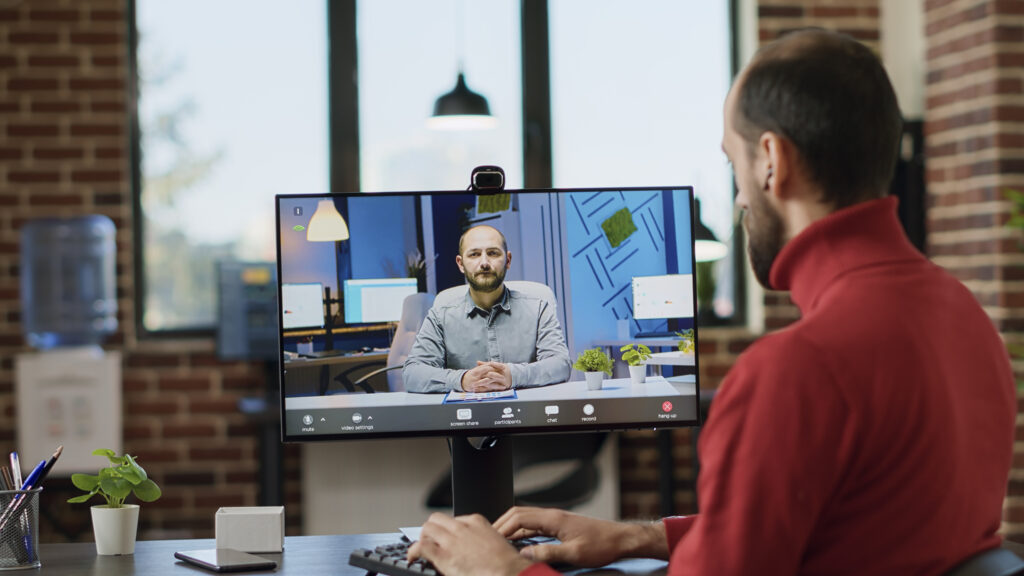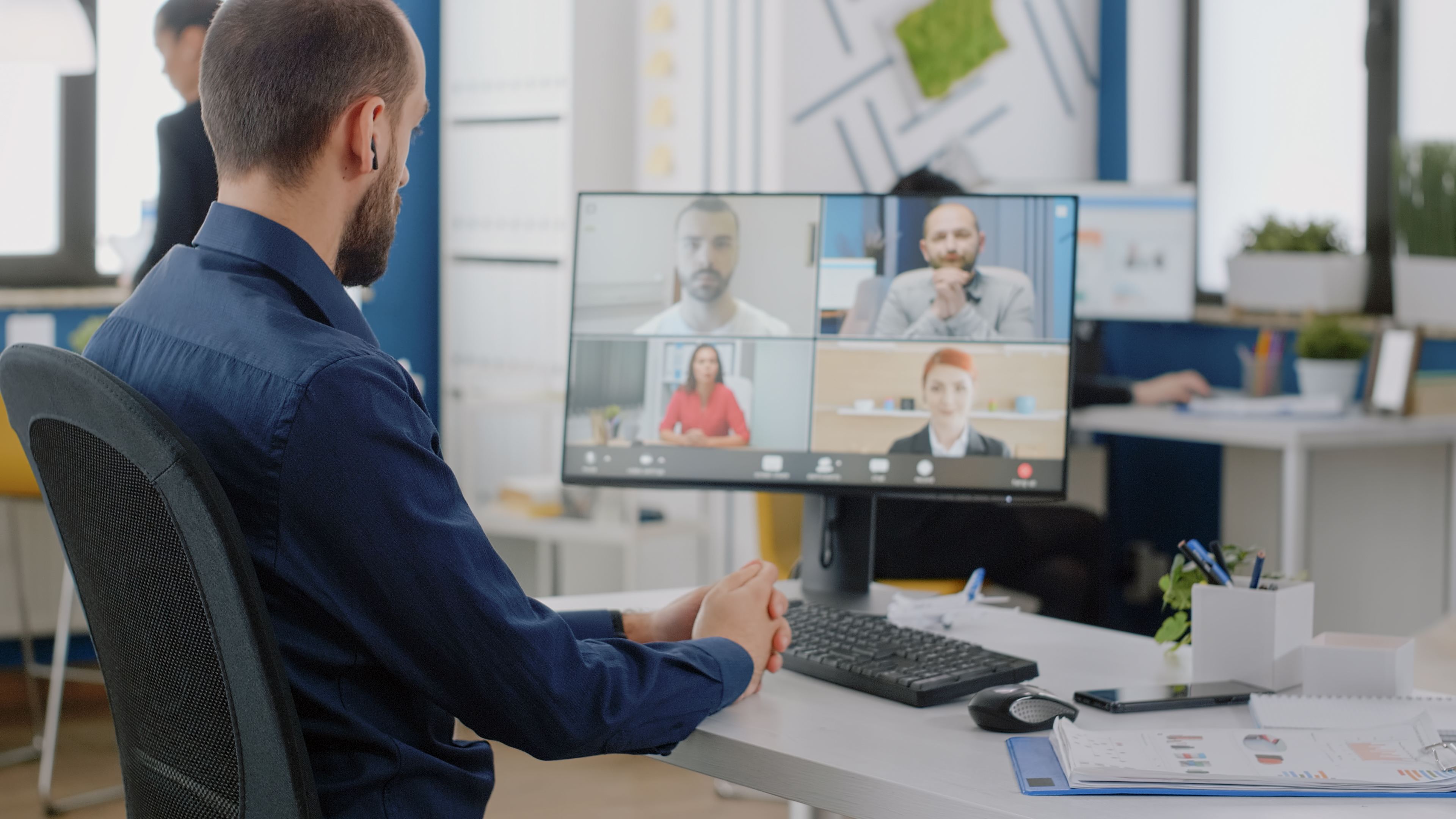
Top 10 Security Practices to Implement in Video Conferencing in 2024
78% of corporate companies now use video conferencing to enhance team collaboration. This technology brings teams together and enhances communication, as confirmed by 99% of employees.
But, with widespread use comes significant risks. A notable 97% of respondents have raised serious concerns about their privacy and the security of their conferencing data.
To address these issues, our guide presents the top 10 security practices for 2024. With these measures, you can protect your virtual meetings from emerging threats and ensure that your communications remain confidential and secure.
1. Update Software Regularly
Regular software updates are your first line of defense in video conferencing security. Set your system to update automatically to ensure you use the most current and secure version. Use regular updates to fix vulnerabilities and enhance the functionality of your conferencing software.
Neglecting software updates can expose your system to attacks designed to exploit older software vulnerabilities. Consistently updating your system is a simple yet powerful way to protect your company’s communications. You can set reminders or regularly check for updates to prevent missing any.
2. Use Strong Authentication Methods
Implementing strong authentication safeguards sensitive discussions from potential cyber threats. Two-factor authentication (2FA) adds an extra layer of security by requiring an additional second form of verification.
Single sign-on (SSO) can streamline access within organizations, but adding 2FA ensures that only invited participants can enter your meetings.
For instance, once a user enters their password, they may be sent a unique code via text message that they need to provide to access the meeting on a secure video conferencing platform. This method guarantees that an unauthorized individual who has acquired login details cannot join a video call without obtaining this second authentication factor.

3. Encrypt Communication Channels
Encryption converts your data into a format that can only be accessed by authorized individuals. Verify that your video conferencing software utilizes end-to-end encryption, which safeguards your data from its origin to its final destination and prevents any unauthorized attempts to intercept it.
When setting up a video call, verify that encryption is active to safeguard your discussions. Many secure video conferencing platforms automatically enable encryption, but it’s wise to double-check.
Consider additional security layers for sensitive information, like VPNs, which provide another encryption level for your data in transit. You must prioritize tools that offer robust and reliable encryption to maintain the confidentiality and integrity of your communications.
4. Set Secure Meeting IDs and Passwords
Secure your meetings with unique meeting IDs and passwords. For each session, use a random meeting ID rather than a personal meeting ID. It prevents unauthorized access from previous attendees.
For additional security, create a strong password for each meeting. A good example is to combine letters, numbers, and symbols to form a password that cannot be easily guessed. Share these details privately with participants, avoid using easily predictable patterns, and regularly change your passwords.
5. Control Access to Meetings
Control access to meetings to enhance your encrypted video conferencing security. Use unique meeting IDs and passwords for each meeting and session to prevent unauthorized entry. Distribute these details only to the intended participants.
You must consider using waiting rooms; they let you verify attendees before granting access. Limit the sharing capabilities within your meetings to necessary participants only. This approach prevents accidental leaks of sensitive information.
6. Educate Participants on Security Best Practices
Every organization should train its team on security practices such as secure login processes, including solid and unique passwords and two-factor authentication. Teach them to recognize phishing attempts, malicious links, and common security threats during video calls. Instructing participants to use secure networks when connecting to conferences and avoiding public Wi-Fi whenever possible is crucial.
Highlight the importance of keeping personal and sensitive information private and what to do if they suspect a security breach. Empowered employees can significantly reduce the risk of security incidents.
7. Monitor and Manage Participants
Effective participant management is important for secure video conferencing. Always know who is joining your meetings. Use features like waiting rooms to control access. This allows you to verify each participant before they enter the session.
Assign roles to participants, such as presenter or viewer, to limit control over the meeting’s functions. Implement registration requirements for extra security so that only invited guests can attend.
Regularly review participant lists during sessions to spot any unauthorized entries. Promptly removing uninvited guests can help you prevent potential data breaches.
8. Secure Network Connections
Maintaining secure network connections safeguards the privacy and integrity of video conferences. Encrypt your internet connection with a Virtual Private Network (VPN). This protects your data from potential cyber threats and blocks unauthorized access.
Maintain the security of your Wi-Fi network by employing robust, intricate passwords and updating them consistently. For company meetings, avoid public Wi-Fi due to its lack of security, which could risk exposing your data to cyber threats. Whenever feasible, opt for wired connections, which typically offer greater security compared to wireless setups.

9. Regularly Audit and Review Security Measures
Conduct regular audits at planned intervals to assess and enhance your security protocols. During audits, check for compliance with the latest security standards and regulations.
Evaluate user access controls, data encryption practices, and incident response strategies. Ensure that no unauthorized changes have been made to the settings and make sure to address any vulnerabilities discovered immediately. Maintaining a schedule for these audits can keep your security measures sharp and effective.
10. Don’t reuse meeting IDs.
Reusing IDs can make it easier for unwanted guests to enter future meetings, as old IDs are often easier to guess or may have been inadvertently shared. Each meeting should have a unique ID to prevent unauthorized access.
Generate a new meeting ID for each session, a feature most secure video conferencing platforms support automatically. This will block past attendees who no longer need access to your meetings and reduce the risk of exposing confidential and private information to the wrong audience.
Conclusion
Implementing robust security practices is essential with the growing reliance on digital meetings. This guide provides the top 10 methods, from updating software regularly to avoiding the reuse of meeting IDs.
Video conferencing security, encrypted video conferencing, and secure video conferencing platforms are the pillars that support the confidentiality and integrity of your meetings. Always stay proactive in your approach to security to keep your digital interactions productive and secure.



